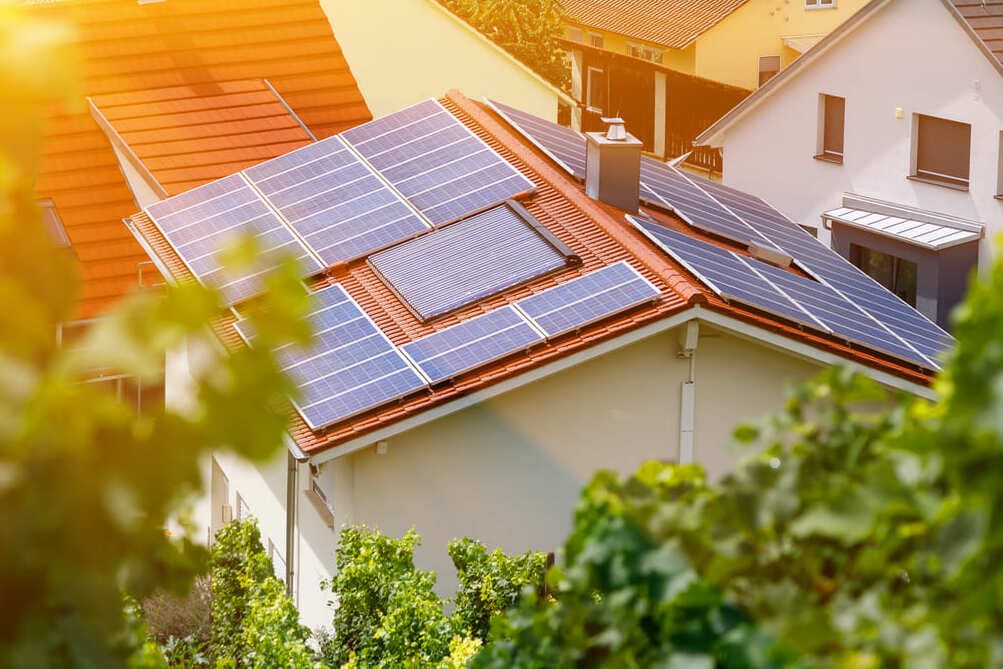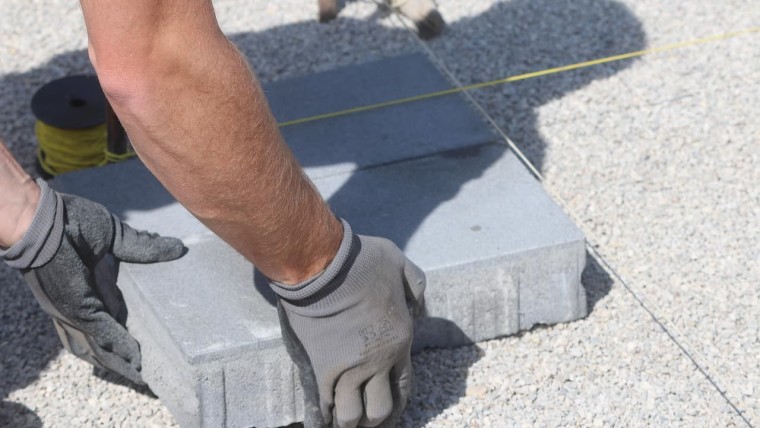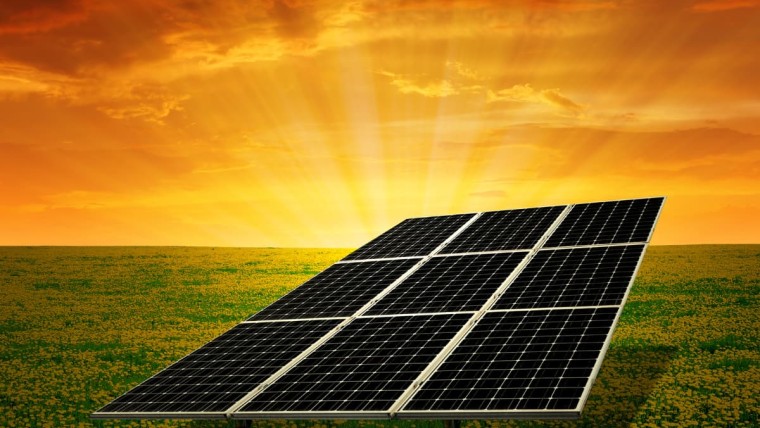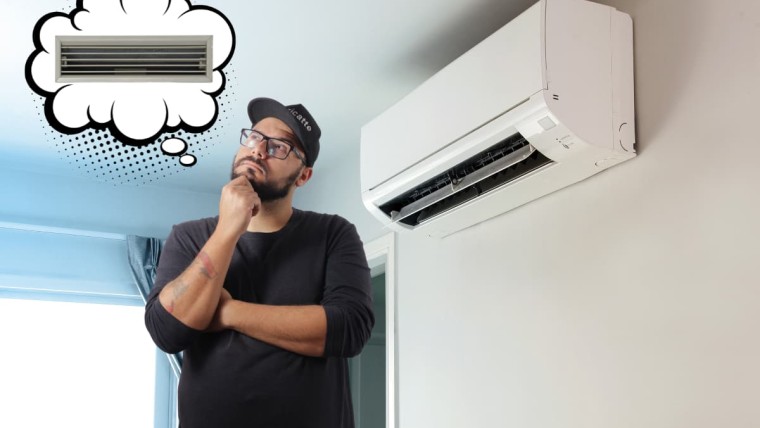The growing desire for energy independence, as well as the constant development of electric heating devices such as heat pumps, are leading to an increased interest in solar photovoltaics. In particular, the self-consumption solar kit is gaining in relevance and popularity. Let's take a look at the data to be taken into account for a good selection.
What is solar self-consumption?
Self-consumption is the fact of producing your own electricity and consuming it with your own electrical appliances. It is not necessarily total, that is to say that you can be self-consumers even if you produce and consume only 30% of your electricity.
In addition, theself-consumption can be individual, but also collective. In the first case, you have, for example, photovoltaic solar panels on the roof of your own individual villa and you produce and consume from them. In the second case, you consume electricity from one or more local producers of renewable photovoltaic electricity.
Self-consumption does not necessarily imply complete independence from the grid, since it is only possible to consume one's own electricity if it is needed immediately when it is available, and therefore when there is solar energy.
To reach a certain independence would require the installation of storage systems that are still quite expensive.
How to choose the power of your solar self-consumption kit
In order to determine the right power of solar kit of self-consumption, it is necessary first of all to determine the electric consumption to cover. To do this, you need to make a list of all the appliances that consume electricity and estimate how much time they run per day.
You will then obtain a certain amount of KWh or Killowatt hour that the production of the solar panels will have to cover.
If the maximum theoretical power of a solar panel, also called peak power, is for example 300Wp = 300 Watt peak, then the solar panel will be able to provide 300W at the maximum of its capacities and in the ideal theoretical conditions. In reality it provides rather 70% of this power here approximately 210-220W for a panel of 300W.
This means that if you determine a total need of 20 kWh per day, considering 8 optimistic hours of production per day, we get 20 000 / 8 = 2500W per day to produce. At 210W per panel, we need 2500 / 210 = 12 panels of 300Wp. This is a rough estimate to give an idea.
Generally speaking, a self-consumption kit for a villa is around 3kWp of power supplied. Beyond that, the electricity is intended for resale.
What to take into account for the dimensioning?
To make a relevant dimensioning, it is necessary to take into account the profile of the house when the panels are able to produce, that is to say during the day and rather in summer.
Indeed, it is not relevant to consider the electric heating that works in winter and rather at times when there is no sun.
On the other hand, all that is basic consumption of the house and that runs continuously, such as pump motors, ventilations, some appliance standby, etc. then we will be able to cover in general these basic needs.
The consumption of a washing machine being generally so high, it is not very relevant to take it into account in the calculation either, so much it would be necessary to oversize the photovoltaic field to compensate this consumption peak. It is more reasonable to consider an average consumption to be compensated and to say that the peaks of consumption will be assured by the usual network.
This is to avoid inflating the initial investment and to maintain a return on investment within a few years and not over a few decades, which would no longer make sense.
Which governmental aids for self-consumption in France?
The purchase and installation of a self-consumption kit requires a certain budget to be taken into account in the calculations of return on investment. But the state also grants aids that allow you to reduce the investment cost.
Solar installations that allow self-consumption are eligible for a premium depending on their total peak power. Often this premium is paid over a period of 5 years, by EDF, and at the same time as the income generated by the resale of your surplus (which is not self-consumed but still produced by the panels of your kit).
- For a power lower than 3kWp: 380€ per kWp
- For a power between 3 and 9kWp : 280€ per kWp
- For a power between 9 and 36kWp: 160€ per kWp
- For a power between 36 and 100kWp: 80€ per kWp
In addition, the installations, if they are connected to the network, and that they present a power lower or equal to 3kWp, can benefit from the reduced VAT rate to 10% instead of 20%.
How to install a self-consumption kit?
There are two options which are the stand-alone installation. You have technical skills and you feel able to think about the photovoltaic technology so that your installation is well thought out and works properly. Then install your panels yourself, you are never better served than by yourself.
However, if the orientation of the panels, the power to choose, the wiring, or even the use of a string inverter or micro-inverters seems like a complex challenge, then it may be best for you to opt for a team of seasoned pros who have already done the same at your neighbors' or friends' homes.
In most cases, they can even take care of the administrative procedures for government aid.

Reda T.
Reda holds a PhD in finance and specializes in renewable energy economics. He combines financial expertise with an interest in sustainability, writing not only on the financing of green projects, but also on more general topics and frequently asked questions in this field.






